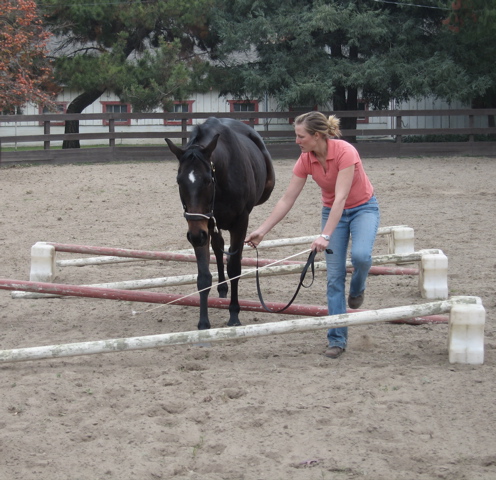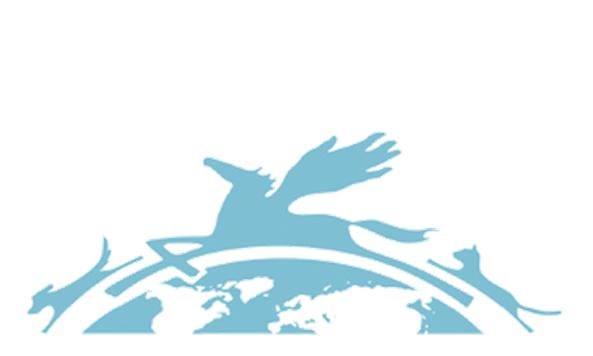Elements – Playground for Higher Learning
The Elements of the Playground for Higher Learning
Labyrinth

Possibly the most iconic element used in the Playground for Higher Learning is the Labyrinth.
The labyrinth is a great “test’ to see where the horse is starting from and how they are progressing. It combines controlled walking, starting, stopping and turning in an amazing simple exercise. This exercise develops a horse’s self-control, balance, spatial awareness and body awareness, it also dramatically improves the communication between human and horse. It can slow a fast horse/human down, it helps work both left and right sides of the body and improves suppleness. You do not have to stay in the element – the aim is for your horse to negotiate it and sometimes we just get in the way.

Uneven Poles

Uneven poles can be thought of as an alternative and more gymnastic cavalletti. Other than the benefits that all the ground exercises share, uneven poles are a fantastic rehab exercise. The horse must lift both front and back feet up at different heights so it is perfect for sacroiliac, pelvic and shoulder issues.
The Fan (or Star)

Negotiating the fan bring about the same benefits as the other ground exercises with one great addition, because the horse is on a bend it helps them become coordinated while in gentle flexion, helping to encourage even loading from left to right.

The Open Labyrinth
If you are short on space, poles, want a change or simply like it better, you can set up The Open Labyrinth. The benefit is that you have a little more flexibility on how the obstacle is utilized. For example, the internal poles can be set as uneven poles and you have a 2-in-1 exercise.

Double Triangle

This is a great groundwork element that provides a lot of freedom for the handler to choose a variety of unfamiliar patterns for the horse. It can be done using any of the basic leading positions, lunging, riding, or driving. It helps encourage straightness, flexibility and focus.
Different Surfaces

Working a horse on differing terrains or footings in one of the basic and most effective ways of improving a horse’s spatial awareness or proprioception. Many people think that horses automatically know where their feet are, or where their body starts and finishes but I am sure we have all experienced horses that stumble or “fall” down inclines. Horses that have been raised or worked on very flat, even surface like racehorses, horses that have grown very big quickly or horses that have been injured can particularly benefit from these exercises. In rehabilitation circles, the use of different terrains is called a Sensory Pathway.
Bridge/Platform

Using wooden surfaces like a bridge, wooden platform or even sheets of strong, flat plywood on the ground is a perfect way to improve a horse’s proprioception. The use of wood helps to prepare them for floating/trailering and allows them a potentially new sensation through the feet. You can place heavy duty rubber mats on the platforms to provide another experience.
Like all Tellington groundwork exercises, chunk it down, one foot on or even just sniffing the platform may be enough to start. You can use low value treats to help a horse explore the platform by placing the treats on the platform or as a reward. Encouraging a horse to lower their head is ideal. If they do it but rush, they are not 100% comfortable
Tip: Placing the treats on the platform will help lower the head • Using a head wrap can help reduce anxiety • Doing some bodywork near the platform can help
